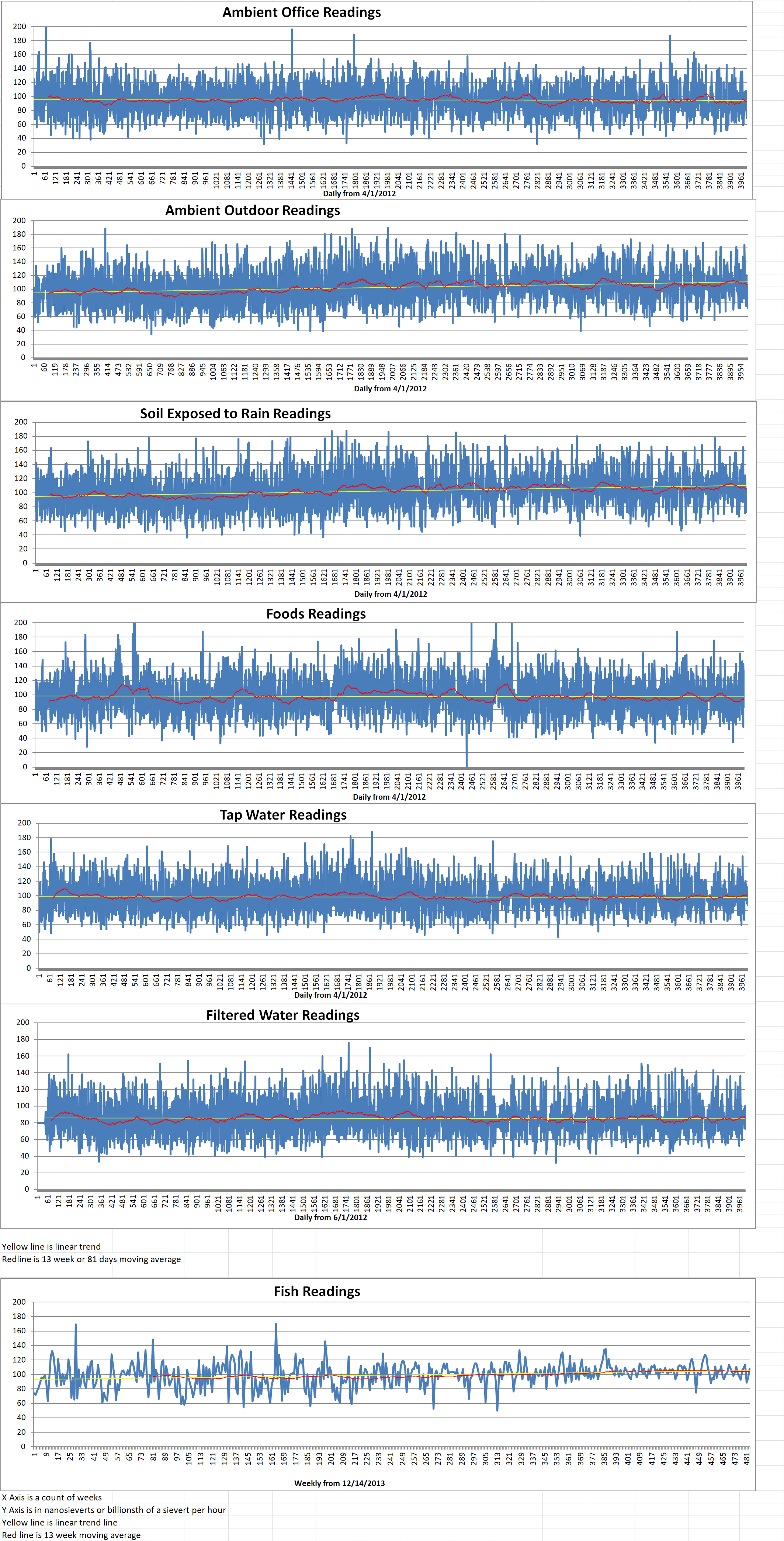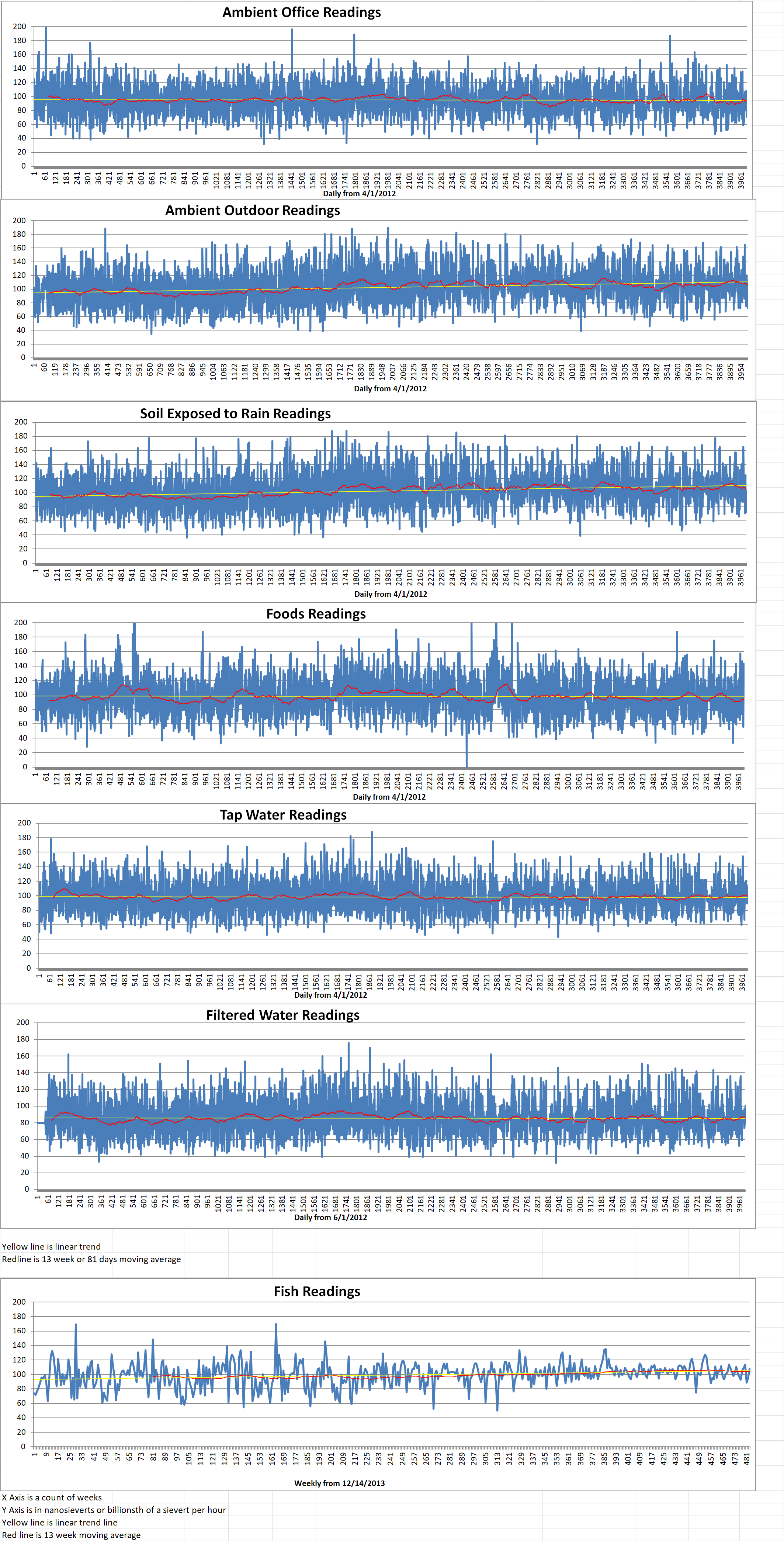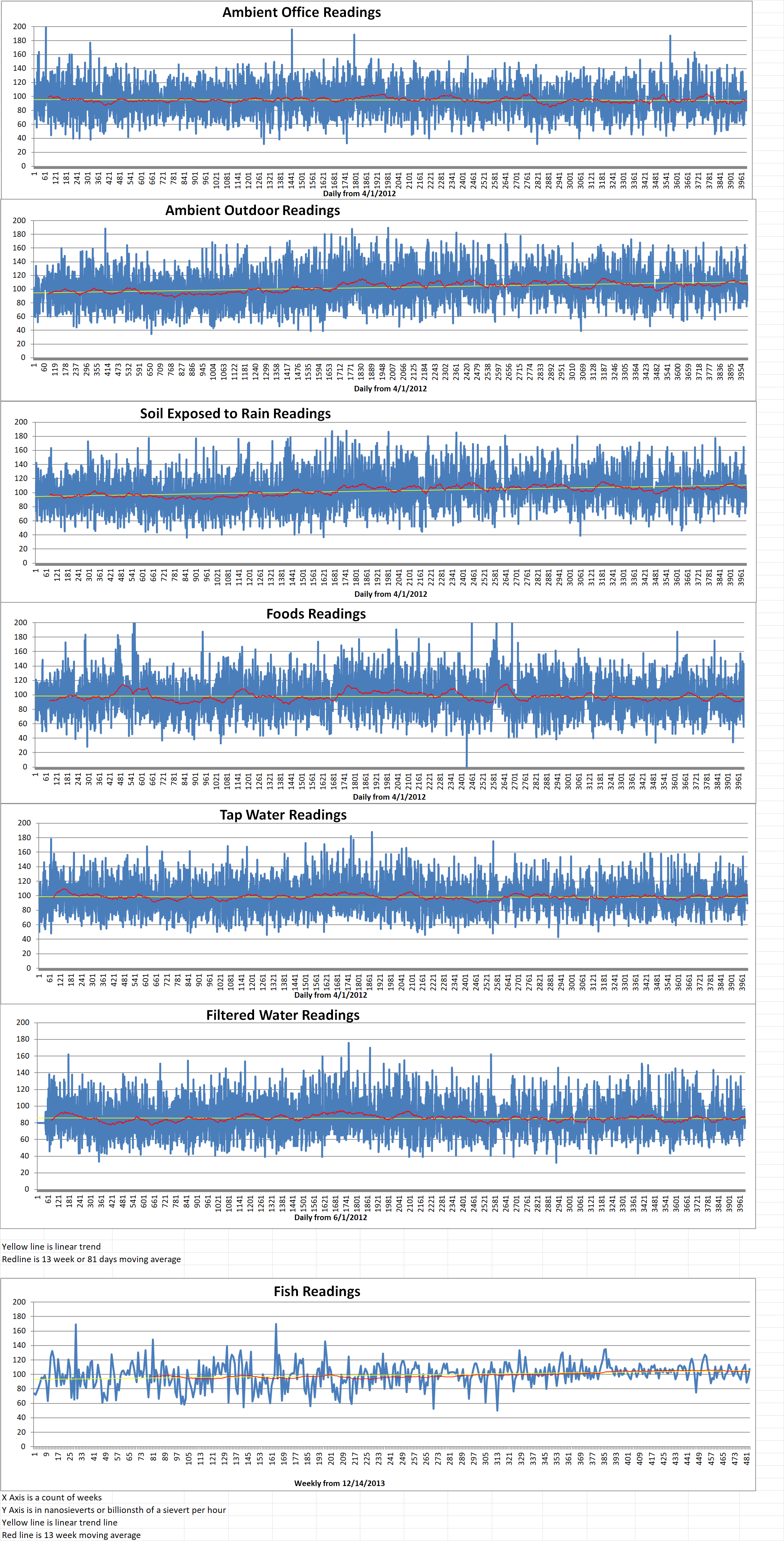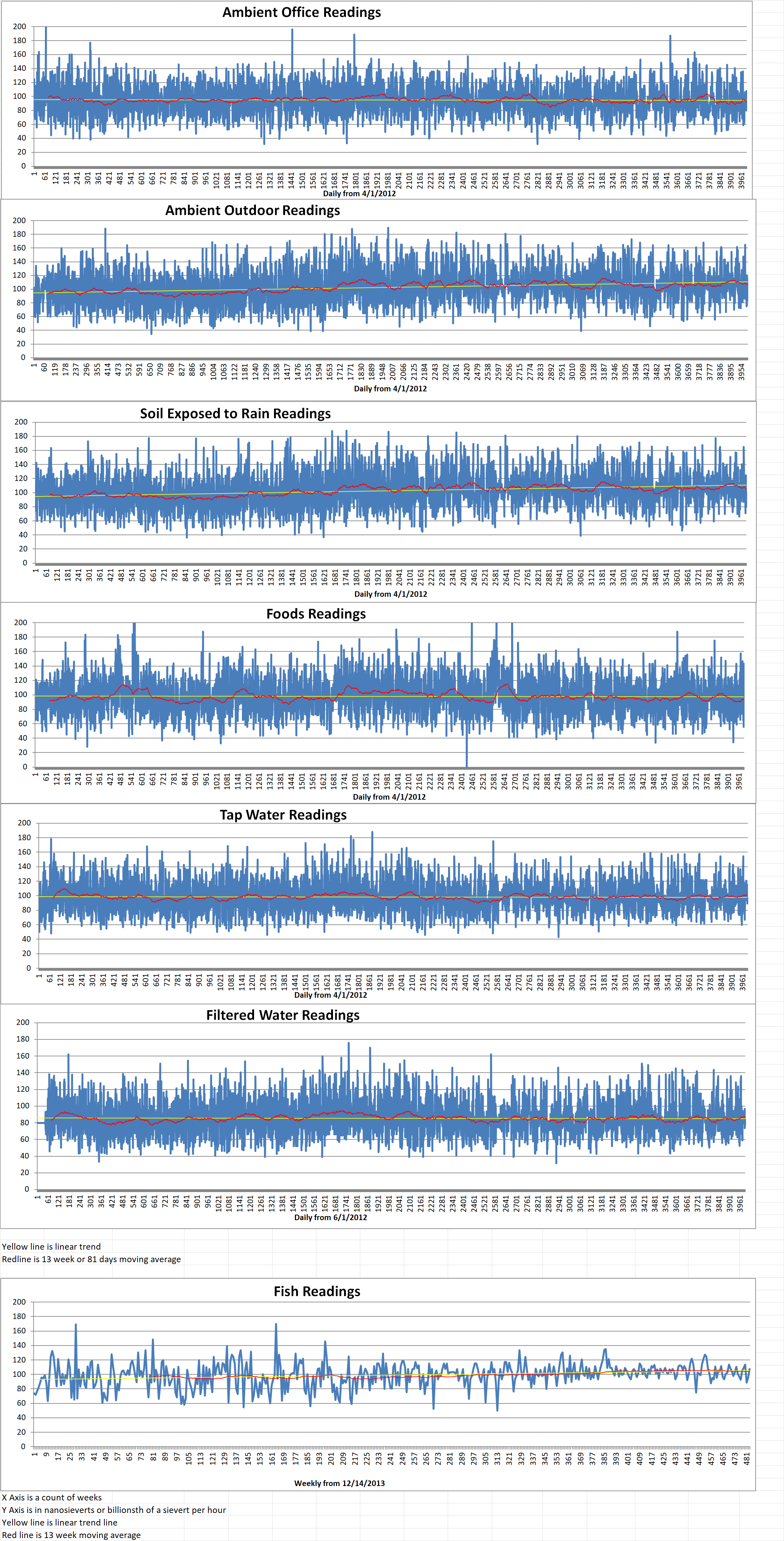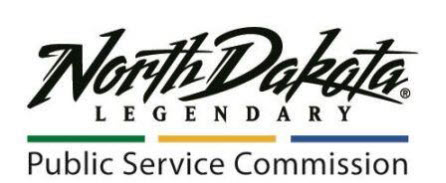Part 1 of 2 Parts
Energy Northwest (EN) is the Pacific Northwest’s only commercial nuclear power plant. It is located on the Hanford Reservation in south central Washington state. The U.S. Nuclear Regulatory Commission (NRC) has announced that EN failed to correctly measure the exposure of workers who inhales or ingested radioactive materials during an incident at EN.
Two years ago, during the night shift of the spring refueling and maintenance, some workers received an unexpected and significant exposure to radiation. This was revealed in the initial report on the incident by the NRC.
The NRC issued what is called a “white finding” last week and said that it considered issuing a second white finding after workers were exposed to radiation on May 28th, 2021, at EN’s Columbia Generatin Statin nuclear power plant. The NRC reported this last Monday.
A white finding is the lowest rating on the NRC’s four-step color scale. It has a low to moderate safety significance. White findings can lead to an additional NRC inspection to ensure that issues have been corrected.
The notice of the first white finding was for three violations of NRC regulations in the incident. These three findings were failure to control the concentration of radioactive materials in the air, failure to control the activities in a high radiation area and failure to survey areas to evaluate the extent of radiation levels.
While investigating the incident at the plant near Richland, Washington, the NRC also began to question whether EN had correctly measured the internal radiation exposure of the workers.
Due to additional concerns raised at a March 1st, 2022, regulatory conference with EN about the 2021 incident, the NRC also issued on Thursday, a preliminary white finding for EN’s assessment of the workers uptake of radioactive material.
In the 2021 incident, EN failed to take timely measurements of airborne concentration of radioactive materials in work areas, to collect as many urine and fecal samples as were needed to provide good results and to evaluate certain isotopes in workers bodies according to the most recent NRC inspection report.
The NRC report concluded that “These failures resulted in an inability for the licensee (EN) to properly assess the dose accrued by the pipefitters,” involved in the incident.
Bob Schuetz is chief executive of EN. In a statement on Monday, Schuetz said that the worker’s exposures were within the regulatory limits for annual radiation exposure and EN’s administrative limits but “it is unacceptable for workers at Columbia Generating Station to receive unanticipated radiological dose of any amount. “We take this event very seriously and are disappointed with the circumstances that led to these results.”
According to the initial NRC account of the incident, radiation workers and pipefitters on the May 28th, 2021, night shift were preparing to weld pipes on the contaminated reactor water cleanup heat exchanger.
Following the pre-job briefing, a radiation protection technician was not able to get on the work platform attached to scaffolding and left to find another technician to fill in. The technician who filled-in had not be present at the pre-job briefing and arrived after workers were already cutting into a pipe.
The nightshift work on the contaminated heat exchanger included grinding, requiring the use of an enclosure glove bag to contain any radioactive particles that might become airborne when a vacuum system was turned on. Workers turned off the vacuum system. This allowed airborne radioactive particles to collect and escape when the glove bag was removed according to the inspection report.
A radiation protection technician who was watching the work on video surveillance cameras spotted the problem. Within thirty seconds, he was in the room and had ordered work to stop. Radioactive contamination was found on the faces of the two pipefitters. Twenty more workers in the room were quickly evacuated.
Please read Part 2 next

